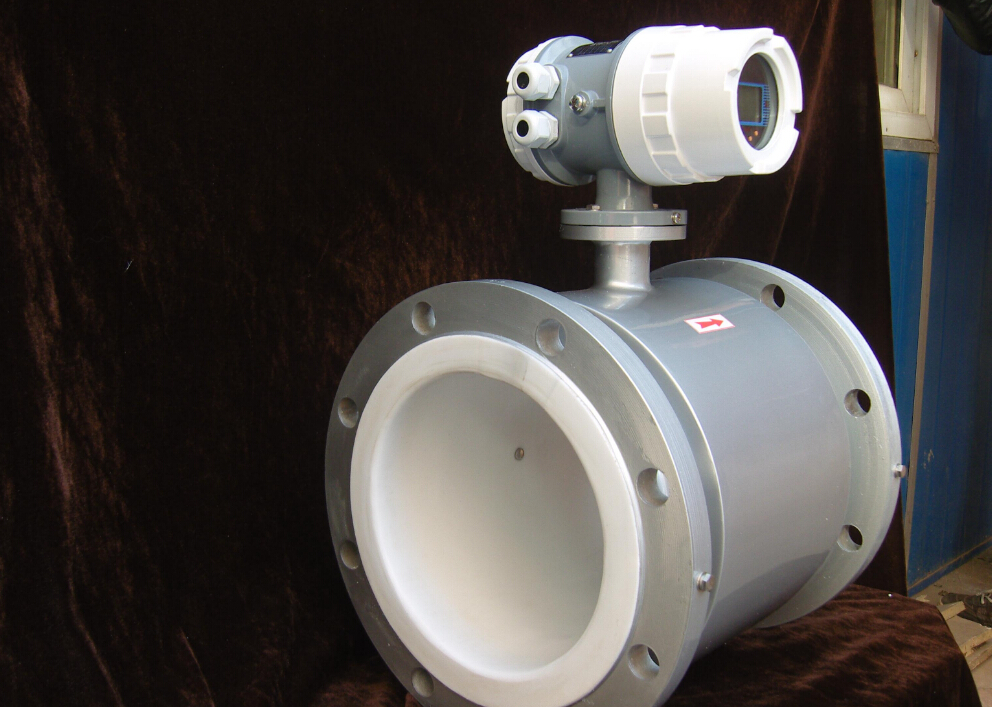What are the basic characteristics of eddy current sensor
Characteristics of eddy current sensor,The eddy current sensor can measure the distance between the measured metal conductor and the probe surface statically and dynamically without contact, with high linearity and resolution.It is a non - contact linearization measurement tool.The eddy current sensor can accurately measure the static and dynamic relative displacement between the measured body (which must be a metal conductor) and the probe face.The principle of eddy current sensor is, through the principle of the eddy current effect, accurate measurement of body to be measured (must be metal conductor) and the end of the probe position, its characteristic is long-term work good reliability, high sensitivity, strong anti-jamming capability, non-contact measurement, fast response speed, not affected by water medium, often used for large rotating machinery shaft displacement and shaft vibration, for long-term real-time monitoring parameters such as spindle speed, can analyze the working condition of equipment and the cause of the problem, effective protection of equipment and maintenance.

Take the iridium eddyNCDT eddy current sensor as an example.This type of sensor is particularly suitable for measuring rapid displacement changes without the need to apply external forces on the measured object.However, non-contact measurement is of great significance for applications where the tested surface is not allowed to touch, or where the sensor is required to have an extremely long life.
Because the eddy current can penetrate the insulator, even the metal material covered with the insulator can be used as the measured object of the eddy current sensor.The unique coil winding design not only realizes the extremely compact shape of the sensor, but also meets the requirements of its operation in the high-temperature measurement environment.All German mi-iridium eddy current sensors can withstand dust, moisture, oil and pressure measurements.
Nevertheless, the use of eddy current sensors has some limitations.For example, for different applications, linearity calibration is required.Moreover, the output signal of the sensor probe is also affected by the electrical and mechanical properties of the object under test.However, it is these limitations that enable the German mi-iridium eddy current sensor to achieve nanoscale resolution.
Mechanical engineering without displacement sensors is almost impossible to imagine.These displacement sensors are used to control different movements, monitor liquid levels, check product quality, and many other applications.Here we talk about the different situations that sensors may face and the harsh use environment, and how to overcome the disadvantages.
Sensors are often used in very harsh environments, such as oil, hot steam or fluctuating temperatures.Some sensors are also used on vibrating parts, in strong electromagnetic fields or at a distance from the object being measured.For some important applications, accuracy, temperature stability, resolution and cut-off frequency are also required.In view of these limitations, different measuring principles have their own advantages and disadvantages.This also means that there is no uniform way to optimize the principle of measurement.
Eddy current sensors can be subdivided into shielded and non-shielded.With shielded sensors, a narrower electromagnetic field distribution can be generated and the sensor is not affected by the proximity of radioactive metals.For unshielded sensors, electromagnetic lines are emitted from the side of the sensor.And the range tends to be larger.Proper installation is critical to signal quality.
Other objects nearby can also affect the signal.EddyNCDT products can meet the nanoscale resolution at the same time, the maximum cut-off frequency up to 25kHz.A typical application of eddy current sensors is a fully automatic welding tester.The testing machine is used for weld quality control.The eddy current sensor is chosen because only eddy current based sensors can withstand the strong electromagnetic field generated by the welding robot.Measurement also needs to meet the micron level of accuracy and 4mm range.

